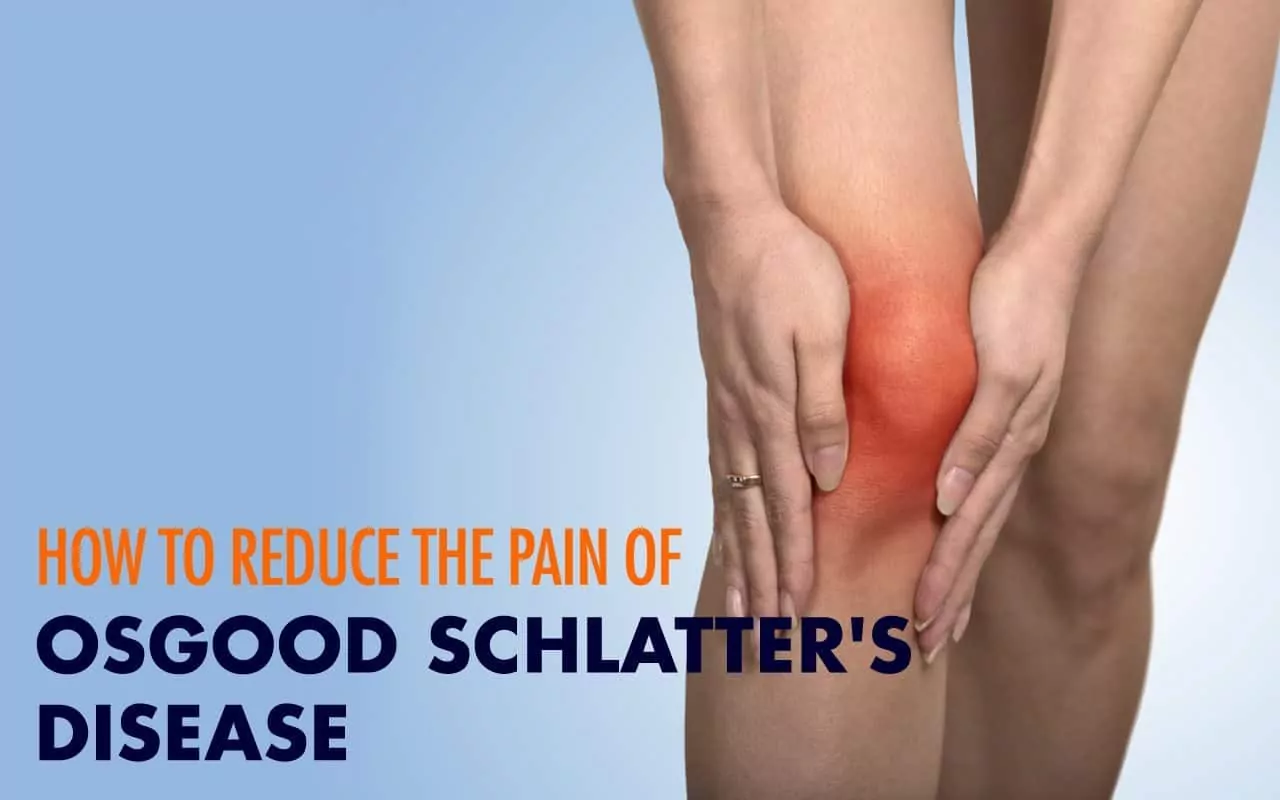Osgood-Schlatter Disease, also known as OSD, aside from the vulnerability of the relevant portions of the joint, is likely caused by growth spurts that see the adolescent body develop at a comparatively rapid rate. This comparatively rapid growth results in muscles, bones, and the like having to shift and change to adapt to the new lay of the land, so to speak. OSD is known to occur more in young males, particularly those whose lifestyles involve sports activity such as running, jumping and quickly shifting direction. This includes sports like basketball, baseball, soccer and so on. This sort of activity is of course likely to put stress on the knee, as this load-bearing joint is one of those responsible for supporting one’s body weight as he moves. This movement causes greater impact, of course, in sports like this where both the speed and intensity of movement is much greater than day-to-day activity.
Osgood-Schlatter Disease and OSD Pain Does Not Lead to Permanent Disability
Fortunately, while the pain and swelling caused by OSD can be quite bothersome, OSD is a self-limiting disease and is not likely to lead to permanent problems or disability. The condition may eventually resolve itself given time, but it might be a burden until that happens. Pain may be sporadic or constant, developing in one knee or both, but it can get quite problematic when it gets in the way of even ordinary day-to-day movement.
A person, an adolescent in this case, does still need to continue living their life – and so ways to reduce the pain and swelling caused by Osgood-Schlatter Disease become necessary.
- Rest. Physical activity is the origin point for Osgood-Schlatter Disease – when the comparatively rapidly developing structures get shaken up – and more physical activity while the joint is sorting itself out would be a bad idea. Sign off from the sport or activity in the meantime, and try to reduce activity in general. Each person recovers at their own pace so there isn’t really a uniform time frame, but anywhere from a few weeks to a few months is a possible wait time until the reduction in swelling and pain becomes notably significant.
- Ice. A standard step to take in rehabilitating any acute musculoskeletal problem is to put ice on it. This aids the healing process and reduces pain in two main ways: the lowered temp thanks to the cold therapy reduces the swelling, reducing pain along the way, and the cold numbs the nerves and reduces the sensation of what pain is left. You can put an ice pack – or a pack of frozen peas if that’s what you have available – on the bump (the tibial tuberosity) below the kneecap. Hold this for 20 minutes every couple of hours for a day or two, then reduce the frequency as the pain subsides.
- Compression and bracing. Many suggest this as one way to make sure OSD pain resolves itself, and to reduce the likelihood of further damage or complications. Compression in particular aids in the efficient circulation of blood in the area, which allows for a better-driven healing process. A further step that can be taken is the use of a knee brace or knee immobilizer. This keeps the joint from flexing, thus reducing the stress it sustains from basic movements like walking. Of course, this will reduce your range of movement itself and be a bit cumbersome, but the prevention of further damage to the patellar tendon is a huge upside. Note that complete inactivity, which comes recommended for some ailments and injuries, is typically not necessary for OSD, but reduction will help. An alternative to the knee immobilizer is the patellar tendon strap, which instead distributes flex force away from the tibial tuberosity and provides support for the patellar tendon during movement.
- Medication. Note that this step is only to be done in conjunction with professional medical consultation. Non-steroidal anti-inflammatory drugs are typically prescribed for this sort of situation. Note, though, that if they don’t agree with your system the side effects could be drastic. Furthermore, they just combat the inflammation – they don’t reduce the course of recovery. Some steroids like cortisone can be quite potent, but injections should not be given to adolescents with OSD pain as the risks (tendon weakening, reduced immune system function) are quite significant.
- Quad stretches. As Osgood-Schlatter Disease recovery progresses and the swelling eventually dies down, quad stretches can do a good job in reducing the excessive tightness of the quadriceps tendons. Stretching this muscle group can reduce the pain in the region where the kneecap meets the shin bone, reducing tension that causes pain and swelling.
For more information on our Copper Infused Compression Sleeves, Click Here!
